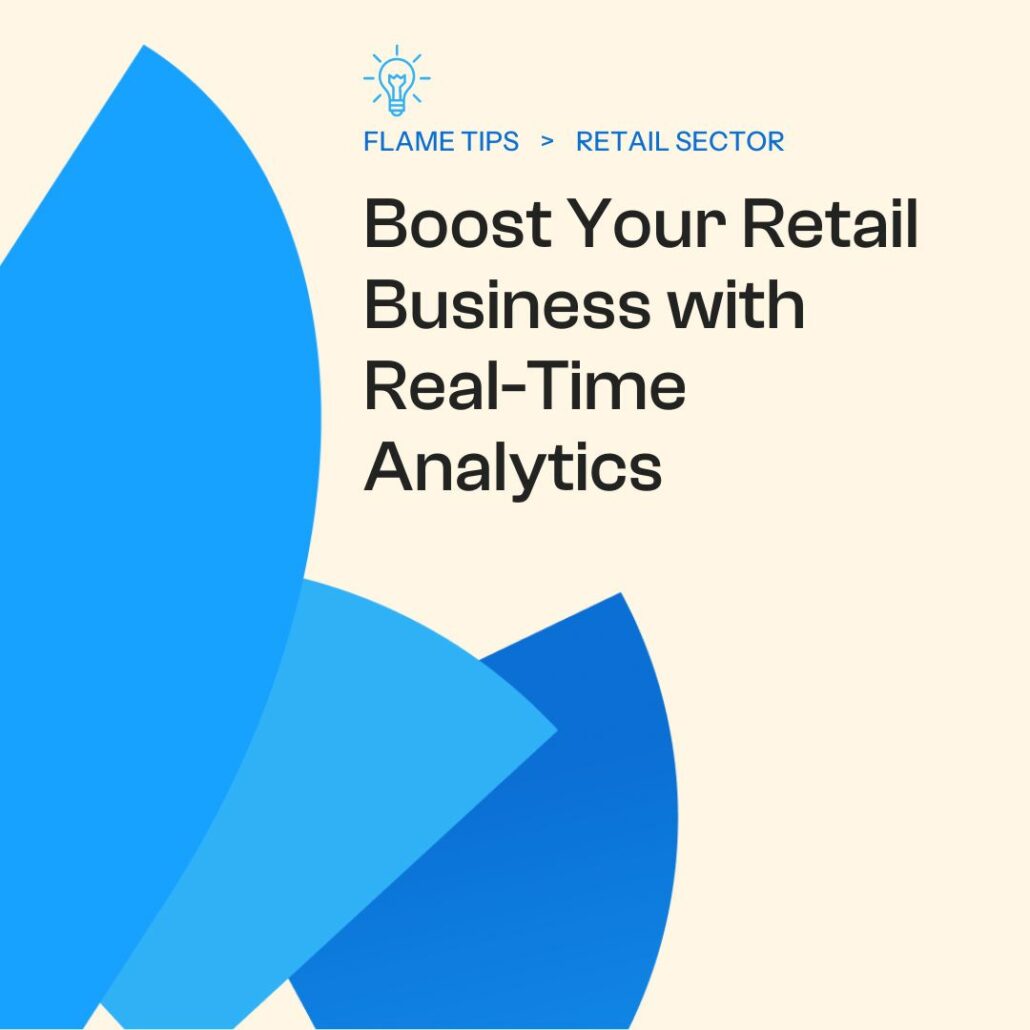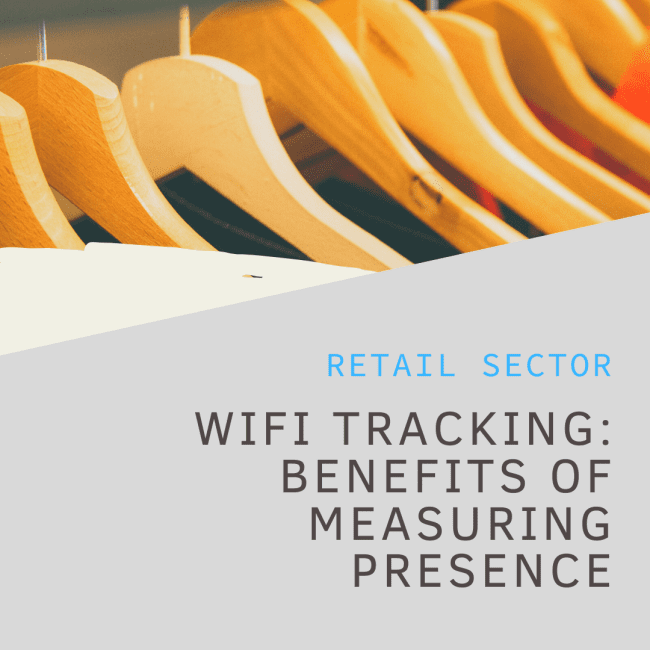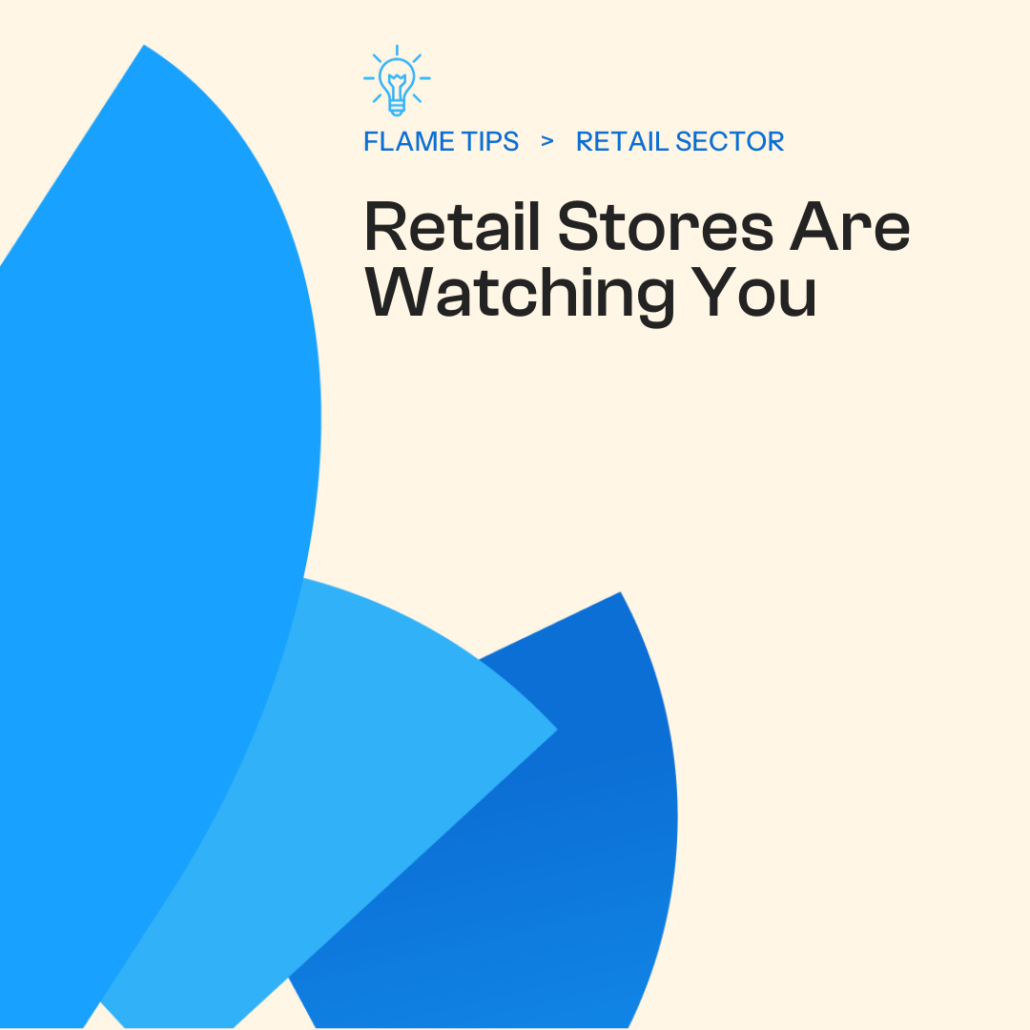In today’s competitive retail landscape, leveraging real-time analytics can be the game-changer your business needs. With the power to make data-driven decisions instantly, retailers can enhance customer experiences, streamline operations, and boost sales. In this post, we’ll explore the top trends in retail analytics for 2024 and provide actionable strategies to help your business thrive.
1. The Rise of AI and Machine Learning in Retail Analytics
Artificial Intelligence (AI) and Machine Learning (ML) are revolutionizing how retailers analyze data. These technologies enable more accurate demand forecasting, personalized marketing, and inventory optimization.
AI-driven analytics tools can process vast amounts of data at unprecedented speeds, identifying patterns and trends that would be impossible for humans to detect. This means you can predict customer preferences, optimize stock levels, and tailor marketing campaigns more effectively.
Example: Use AI-driven tools to predict customer preferences and stock popular items ahead of time. For instance, if data shows a spike in demand for winter coats in certain regions, you can ensure those stores are well-stocked.
2. Enhancing Customer Experience with Real-Time Data
Understanding customer behavior in real-time allows retailers to provide personalized shopping experiences. From personalized promotions to tailored recommendations, real-time data helps meet customer expectations instantly.
Real-time analytics enable you to track customer interactions across various touchpoints, providing insights into their preferences and behaviors. This allows for immediate adjustments to marketing strategies, ensuring that customers receive relevant offers and recommendations.
Example: Implement a loyalty program that offers real-time rewards based on customers’ in-store and online activities. If a customer frequently purchases coffee from your store, they could receive a discount on their next coffee purchase right after they buy a related product.
3. Omnichannel Strategies for Seamless Shopping
Retailers must integrate their online and offline channels to create a seamless shopping experience. Real-time analytics play a crucial role in managing inventory, tracking customer journeys, and optimizing supply chains across all channels.
By providing a unified view of customer data, real-time analytics help retailers understand how customers move between channels and what influences their purchasing decisions. This information is critical for creating a cohesive shopping experience.
Example: Utilize real-time analytics to ensure inventory availability across all channels, preventing stockouts and overstock situations. If an item is out of stock in-store but available online, your system can suggest the online option to the customer in real-time.
4. Predictive Analytics for Proactive Decision-Making
Predictive analytics helps retailers anticipate market trends, understand customer needs, and make proactive decisions. By analyzing historical data and current trends, retailers can stay ahead of the competition.
Predictive models can forecast future sales, identify potential risks, and highlight opportunities for growth. This allows retailers to make informed decisions that drive profitability and customer satisfaction.
Example: Leverage predictive analytics to plan promotional campaigns during peak shopping seasons, maximizing sales and customer engagement. For example, if data indicates a surge in demand for fitness gear in January, you can prepare targeted promotions in advance.
5. Enhancing Security and Fraud Detection
Real-time analytics are vital for identifying and mitigating security threats. Retailers can monitor transactions in real-time to detect fraudulent activities and protect customer data.
By analyzing transaction patterns and identifying anomalies, real-time analytics can alert retailers to potential fraud. This proactive approach helps protect both the retailer and the customer from financial loss and data breaches.
Example: Implement a real-time fraud detection system that alerts you to suspicious activities instantly, safeguarding your business and customers. For instance, if a customer’s spending pattern suddenly changes dramatically, your system can flag the transaction for further review.
Conclusion
Adopting real-time analytics is no longer optional for retailers aiming to stay competitive in 2024. By embracing these trends and strategies, your retail business can enhance customer experiences, optimize operations, and drive sales growth. Stay ahead of the curve by integrating powerful analytics tools like Flame Analytics into your retail strategy.
Keywords: retail strategy, sales growth, optimize operations, Flame Analytics, competitive advantage
Contact us!
Ready to transform your retail business with real-time analytics? Contact us today to learn how Flame Analytics can help you leverage data-driven insights to achieve your business goals.







